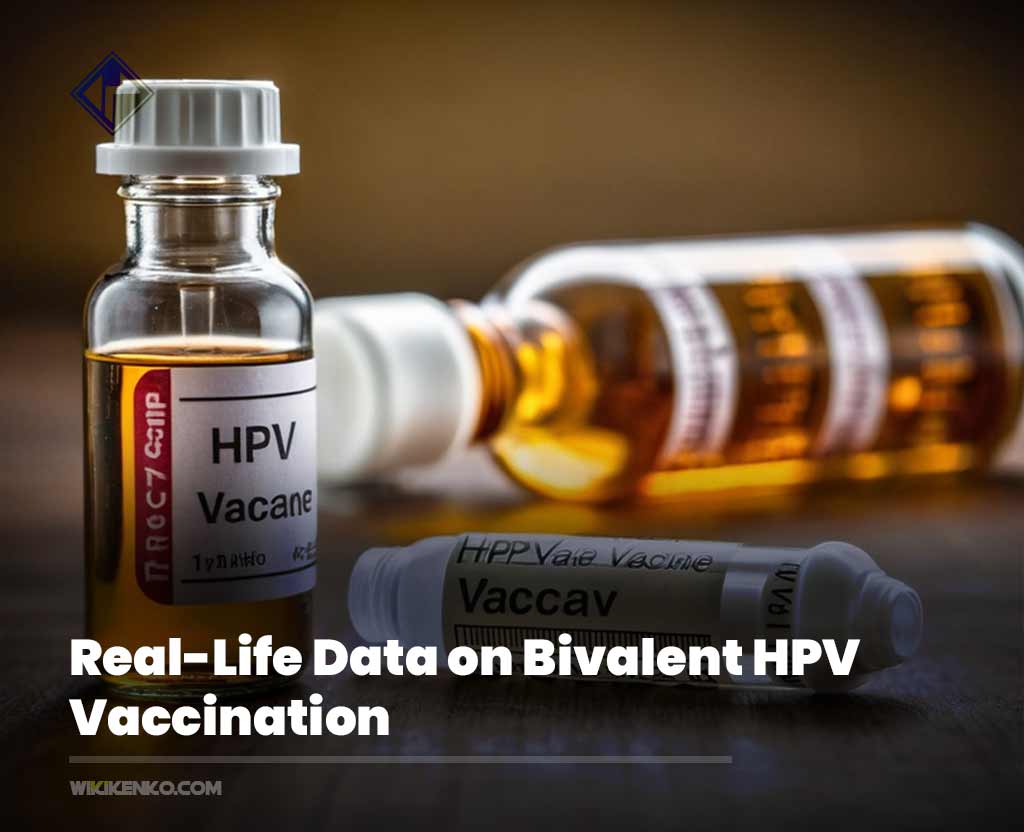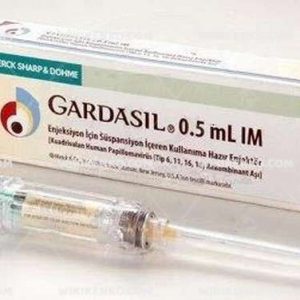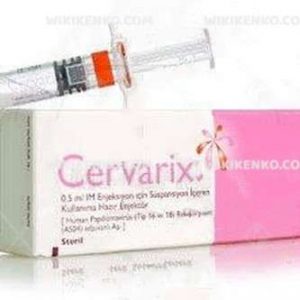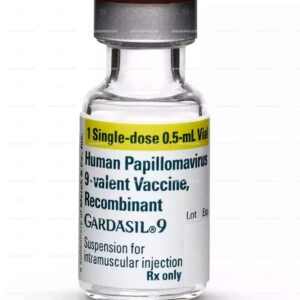In a recent report in “Cell Host & Microbe,” data from Finland sheds light on the real-world implications of vaccinating girls and boys against human papillomaviruses (HPV). The study, led by Dr. Ville N. Pimenoff from the Karolinska Institut in Stockholm, explores the dynamics of HPV variants in 33 Finnish cities over time, considering scenarios where both genders, only girls, or no one was vaccinated.
Herding Immunity Dynamics
The study observed that communities where both girls and boys were vaccinated exhibited the strongest herd immunity. However, an interesting counterpoint emerged – there was an increased spread of HPV variants not covered by the vaccine.
Vaccine Specifics
The vaccine used in the study targeted HPV variants 16 and 18, responsible for about 70% of HPV-related cervical cancer cases, with additional cross-protection against variants 31 and 45, both considered carcinogenic.
Time-Frame and Population
Covering individuals born between 1992 and 1994, the study followed up with them at ages 18 (n = 11,396) and 22 (n = 5602), four and eight years post-HPV vaccination, respectively. The researchers assessed the presence of a total of 16 HPV variants.
Impact on Prevalence
Eight years post-vaccination, the prevalence of HPV variants 16 and 18 significantly decreased in cities where vaccination occurred. Notably, in cities where only girls were vaccinated, there was also a decrease in the prevalence of HPV variant 31. In cities with gender-inclusive vaccination, there was an additional marked decline in HPV variant 45.
Insights on Herd Immunity
Dr. Pimenoff commented that the results highlight the importance of achieving stronger herd immunity by vaccinating both boys and girls.
Type Replacement Phenomenon
The study also observed a phenomenon known as “Type Replacement,” where eliminated virus types were replaced by other HPV variants with lower oncogenicity. This occurrence was more pronounced in gender-inclusive vaccination scenarios compared to situations where only girls were vaccinated.
Expert Perspectives on Type Replacement
Dr. Tim Waterboer from the German Cancer Research Center notes two significant findings. Firstly, Type Replacement was more pronounced in gender-inclusive vaccination, emphasizing the necessity of vaccination across the entire population. Secondly, the speed of Type Replacement after eight years was unexpected.
Implications and Future Considerations
While the impact of Type Replacement on cancer risk remains uncertain, the general trend leans towards fewer cancer cases with vaccination. The replacement of virus variants may not necessarily lead to an increased cancer risk but could potentially contribute to a softening of the downward trend.
Relevance for Germany
Experts in Germany, including Professor Dr. Ulrike Wieland from the University Hospital Cologne, downplay the significance of HPV genotypes prevailing against which there was no vaccination. Given Germany’s predominant use of the nonavalent vaccine since 2016/2017, which covers some of the relevant genotypes, the impact on cancer risk is considered minimal.
Conclusion: Optimal HPV Vaccination Strategy
Professor Elmar A. Joura from the Medical University of Vienna concludes that the study’s observations, such as a minor increase in certain strains in vaccinated cohorts, reinforce the effectiveness of Germany’s, Austria’s, and Switzerland’s approach to HPV vaccination: gender-neutral and providing broader protection.
Original source: This information was Initially covered by pharmazeutische-zeitung.de and has been translated for our readers.







